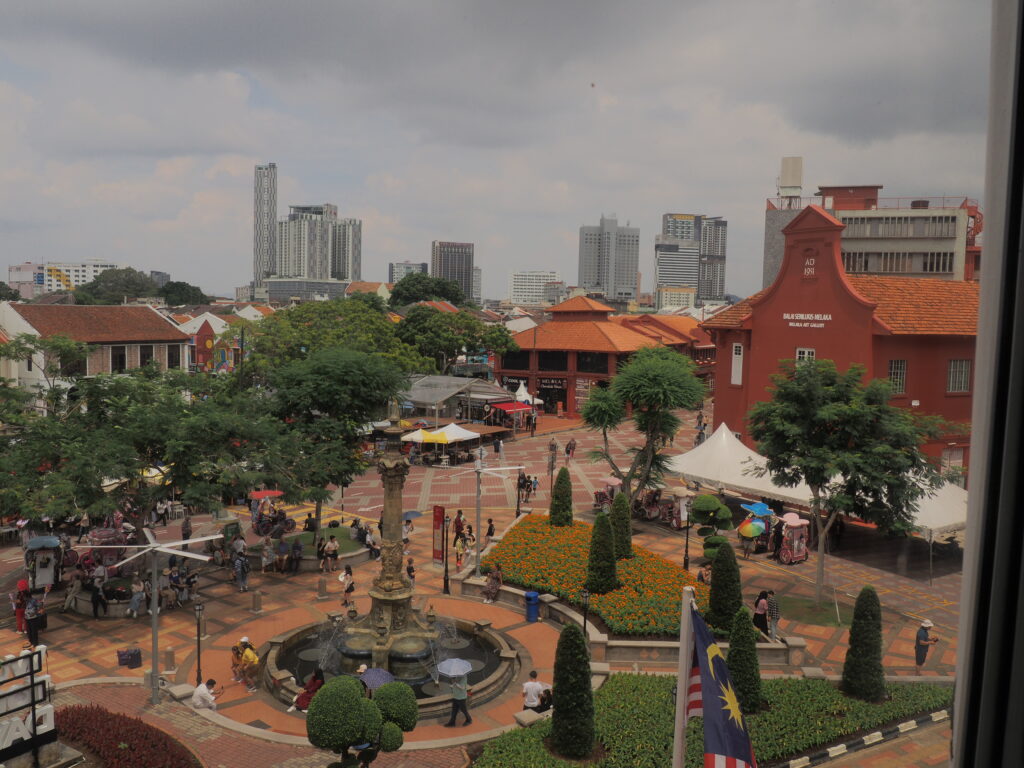
Melaka, as in “the Straits of Malacca,” was in many ways the most important of the Malay States in the 15th century as a very important maritime trading center controlling the strait and essentially the gateway through which Islam spread through the peninsula. From the very beginning of the century the Chinese nurtured Melaka as a control point through which its treasure fleets could safely venture into the Indian Ocean and beyond to Arabia, protecting it from Siam. In 1511, however, the Portuguese seized control of the city, abolished the Sultanate, sold into slavery or massacred its Muslim population and effectively ended its role as the defender of maritime trade. The Dutch, with the help of the Sultan of Johor, wrested Melaka from the Portuguese in 1641, turning it over to the British in 1824. Independence, of course, came in 1957. Having lost its sultanate, Melaka has a Governor appointed by the Malaysian Head of State.
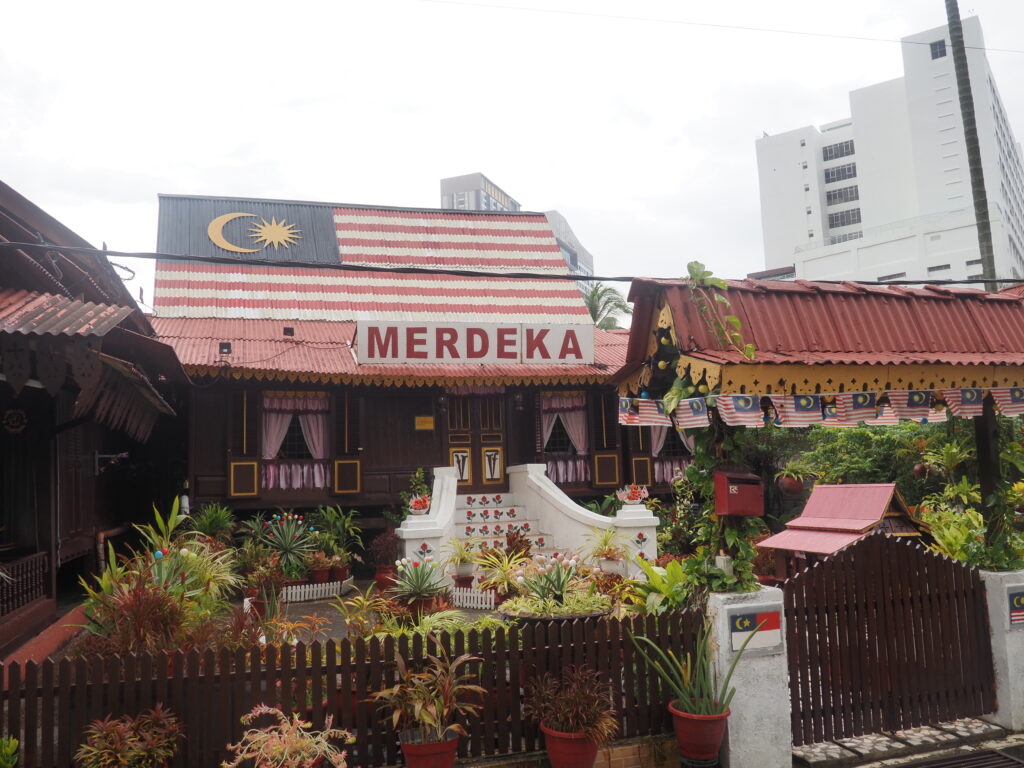



masjid selat melaka (malacca straits mosque)
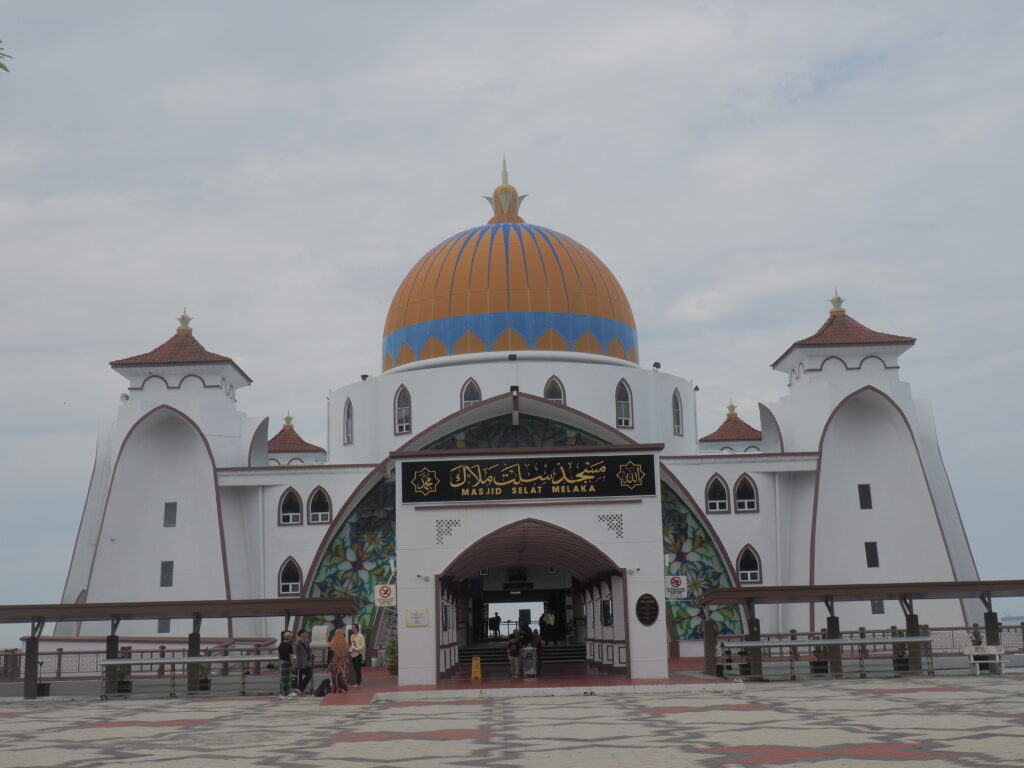




We arranged with our driver to make Melaka, his wife’s home town, a day trip from KL. Before dropping us at a rendezvous point to see the sites on our own, we swung by a beautiful mosque right on (literally) the water. It’s also known as the Floating Mosque because of the impression it gives at high tide.
porta de santiago, st. Pauls hill & church
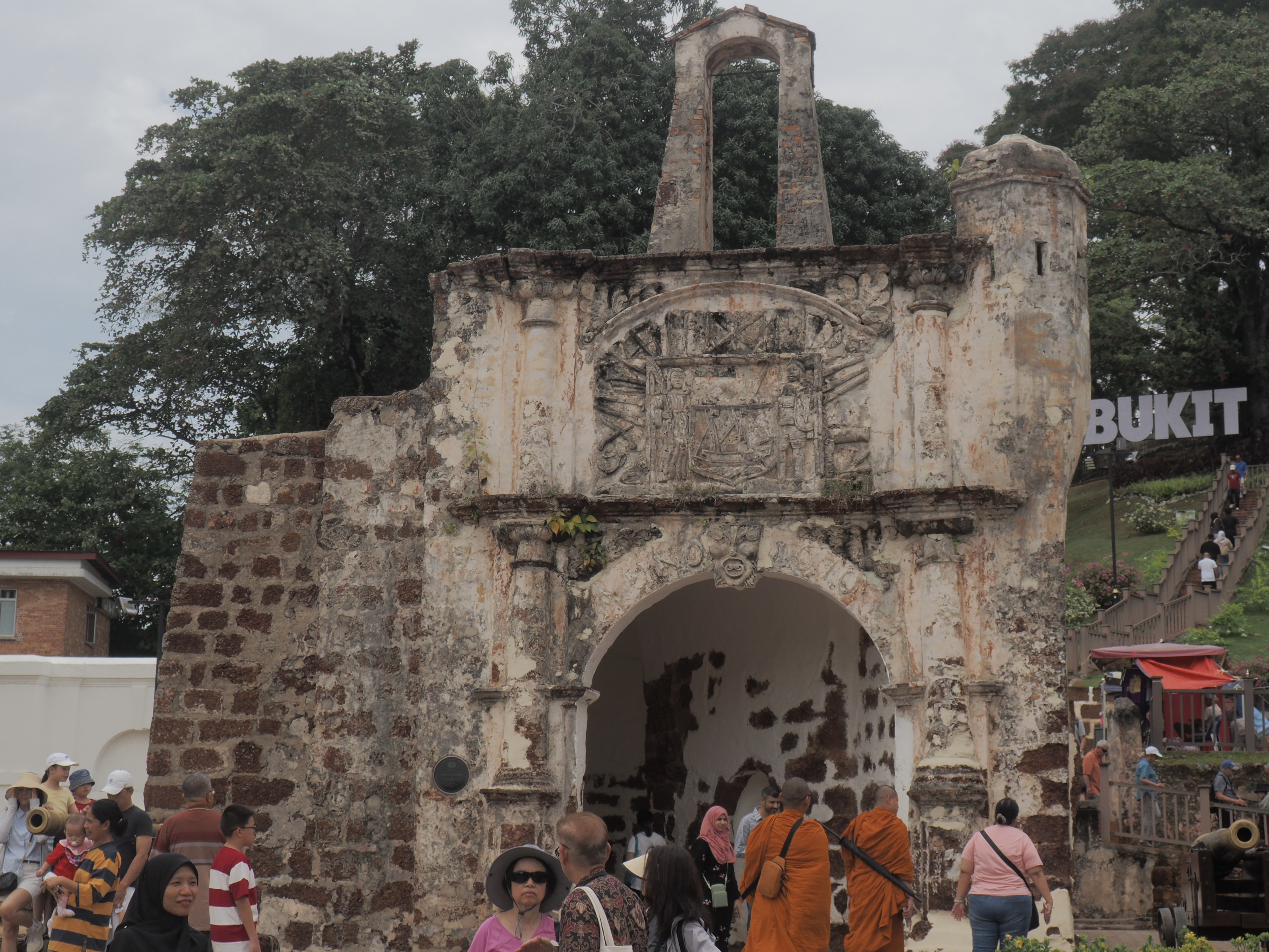

All that remains of the fortifications the Portuguese put up in 1512 is this gatehouse at the Porta de Santiago. What wasn’t destroyed by the Dutch was destroyed by the British.
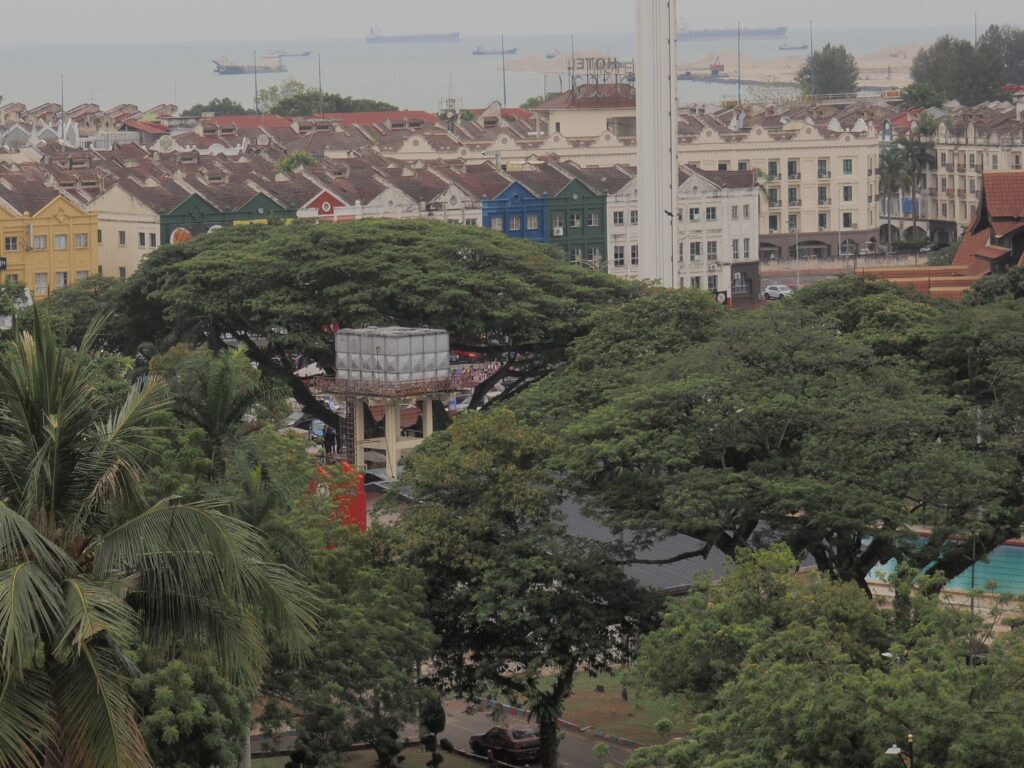
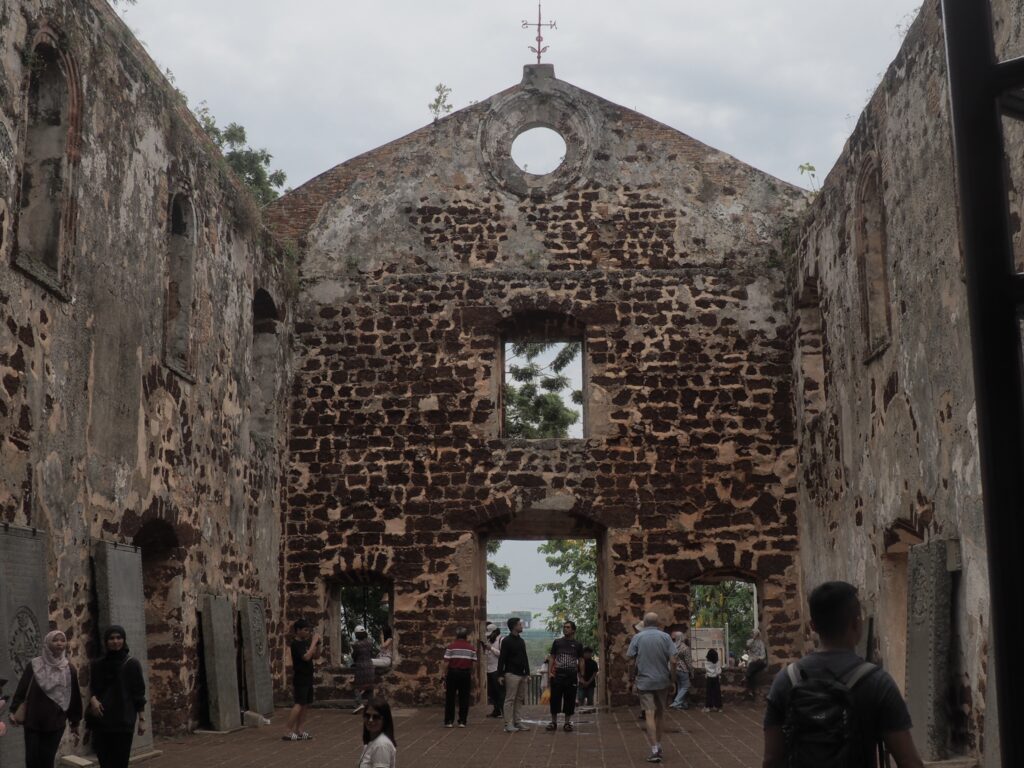
After a succession of chapels and a school founded by St. Francis Xavier on the site, the Jesuits erected this church on top of the hill in 1566, calling it Our Lady of the Annunciation. When the Protestant Dutch took over they renamed it St. Paul’s Church and used it as such until building a church at the bottom of the hill in 1753, deconsecrating St. Paul’s and employing it as a powder magazine (which the British concluded was a good use for it). It’s a scenic place with lots and lots of graves and tombstones and a man selling his paintings on the side of the stairway leading to the top.
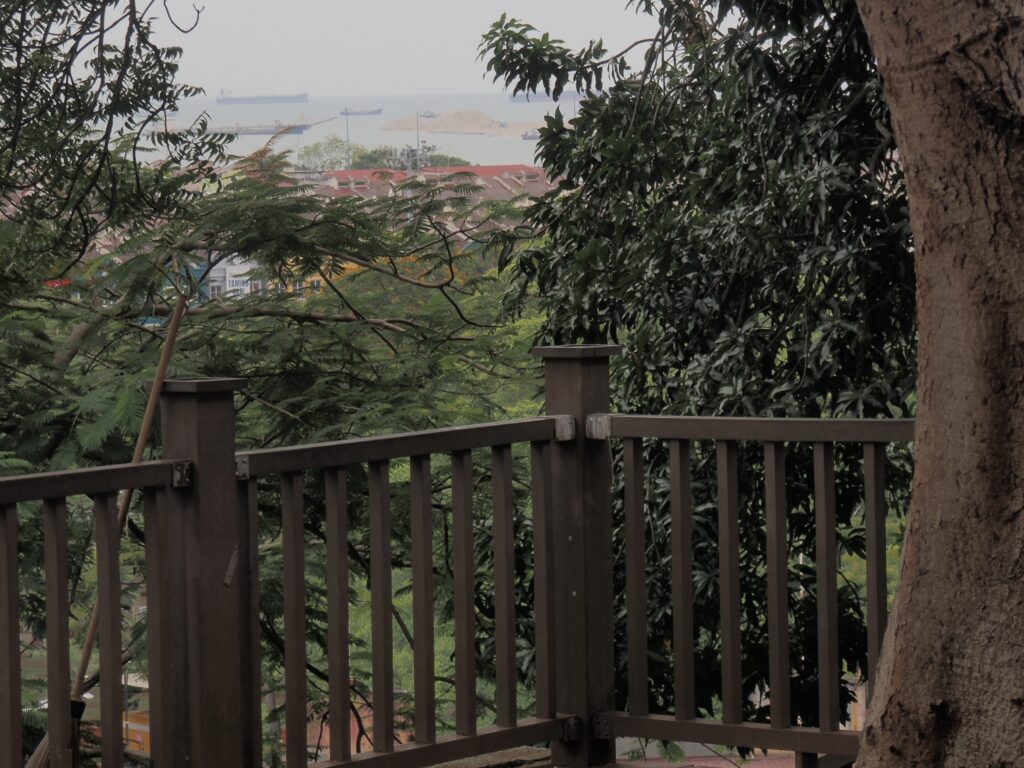
melaka sultanate palace museum
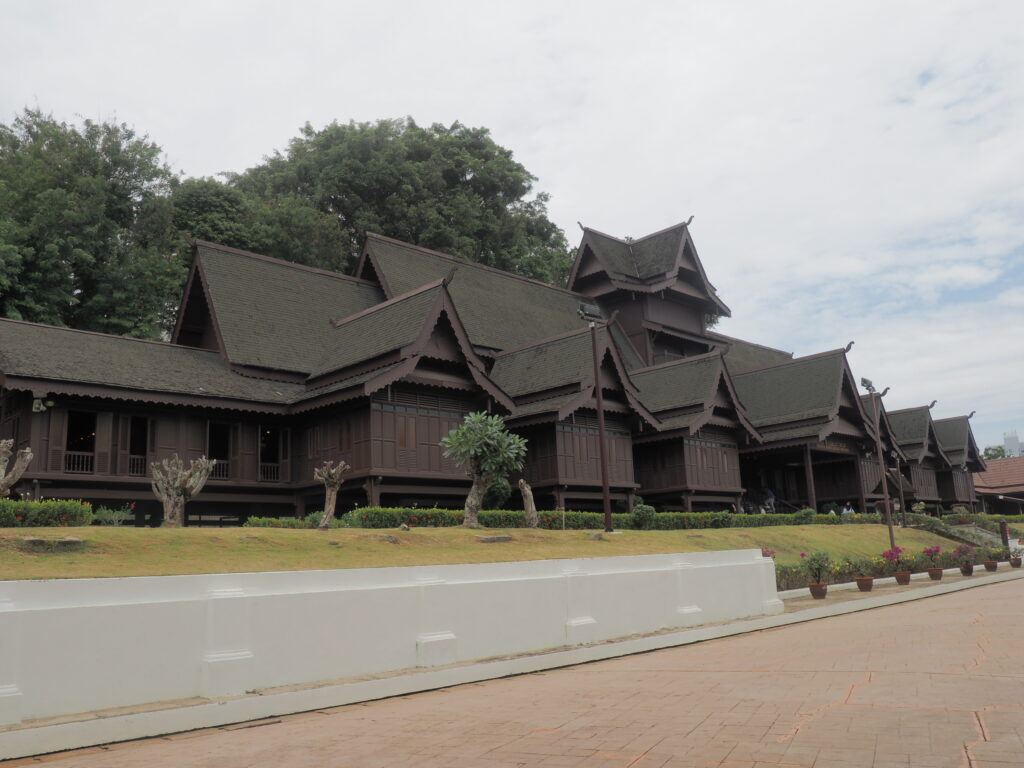





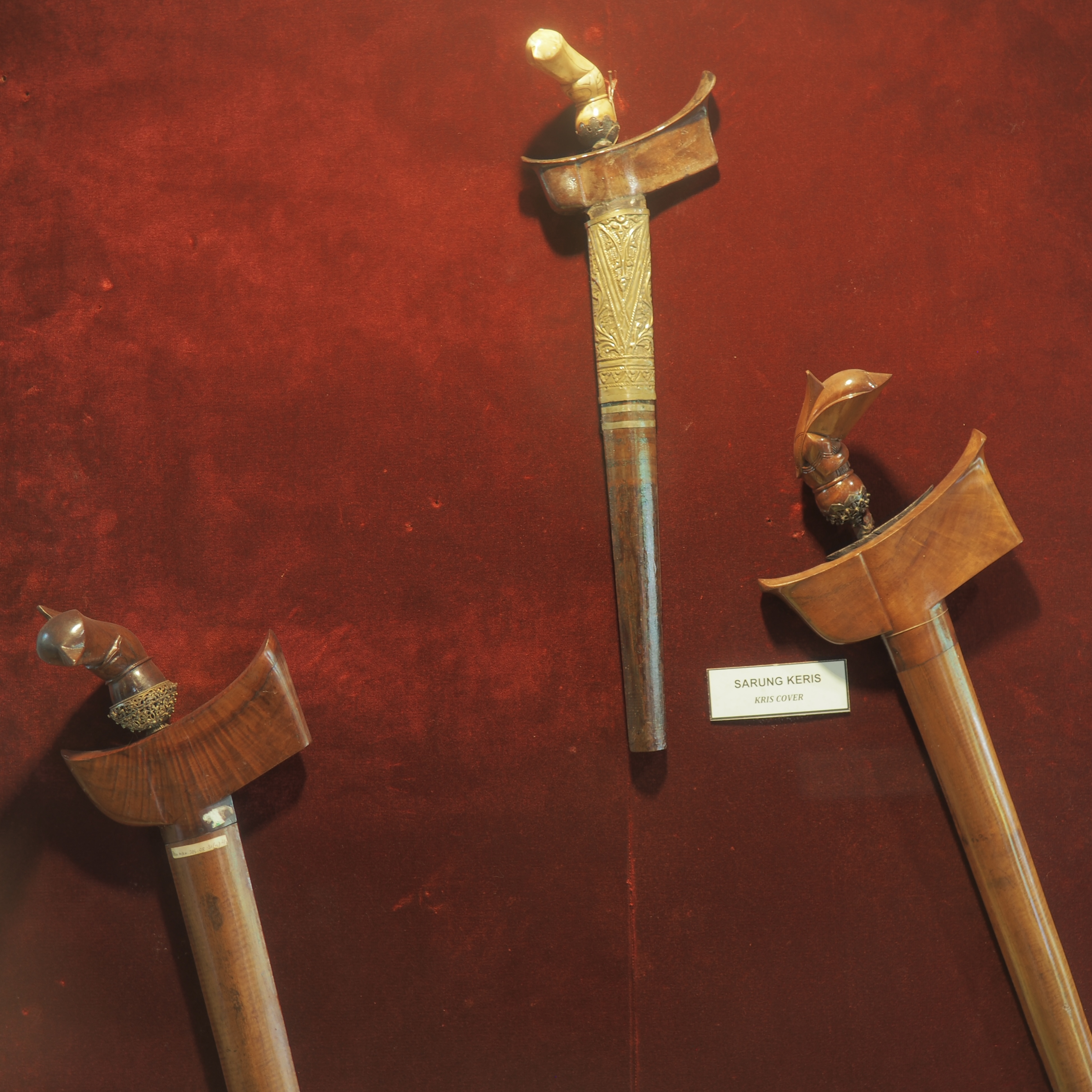
The museum is a replica of the Sultan’s Palace filled with dioramas and explanations of those times and cases of artifacts. As you can see, it’s quite a substantial place.
proclamation of independence memorial



Right by the Porta de Santiago and the Sultan’s Palace is the Independence museum focused on the 15th century and then the struggle for independence from Great Britain and subsequent developments. For everything in between there is a reasonably good museum in the old Stathuys on Dutch Square. The black and white photo shows the first Prime Minister addressing the crowd in a KL stadium in the pose that was the inspiration for the design of Merdeka 118 (see the post on Kuala Lumpur).
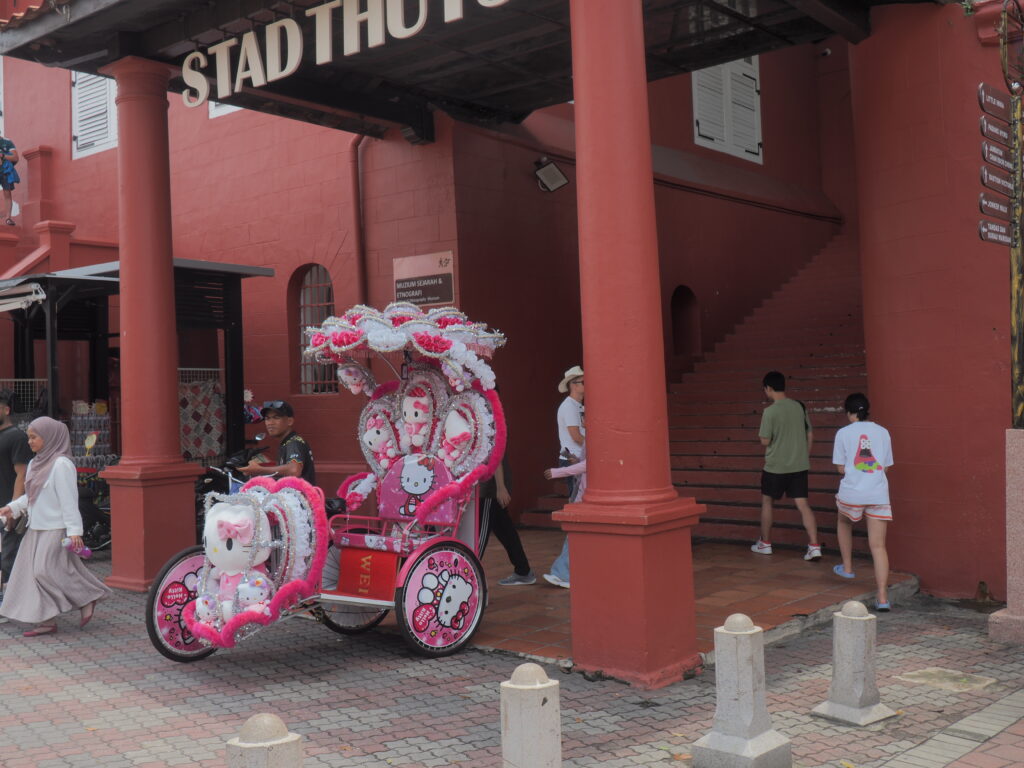
chinatown
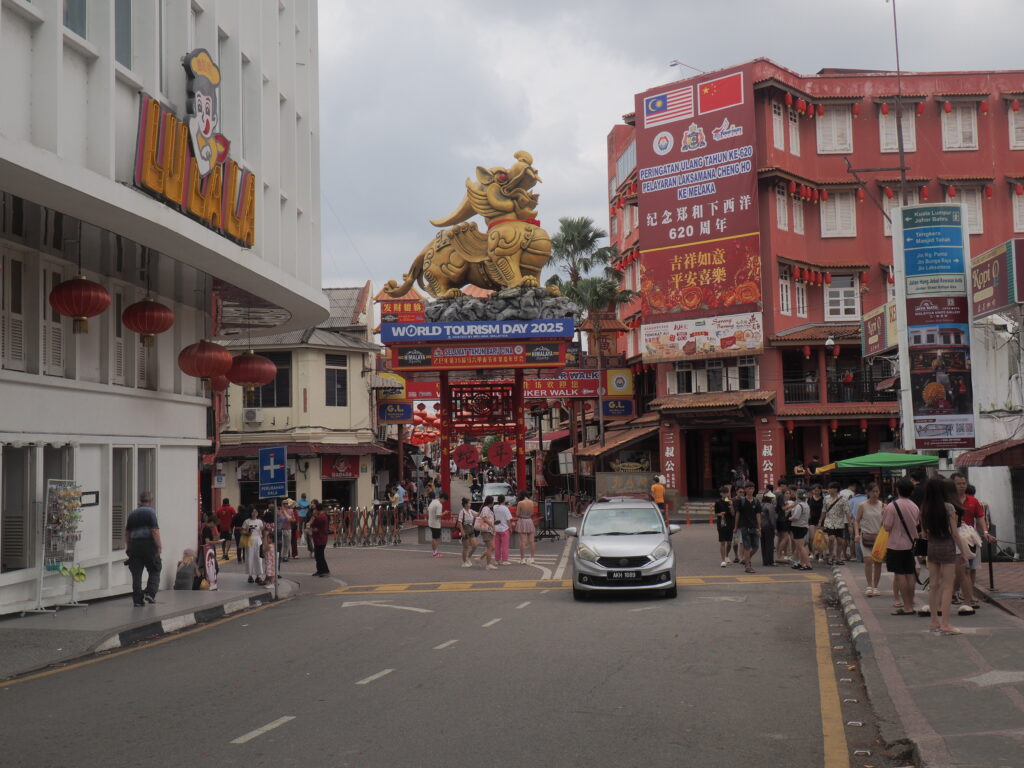
We spent the rest of our day in and around Chinatown, first looking for a restaurant specializing in Baba and Nyonya cooking, that fusion of Chinese and Malay traditions, for lunch, then continuing our treasure hunt for interesting places to explore.
kampung kling mosque
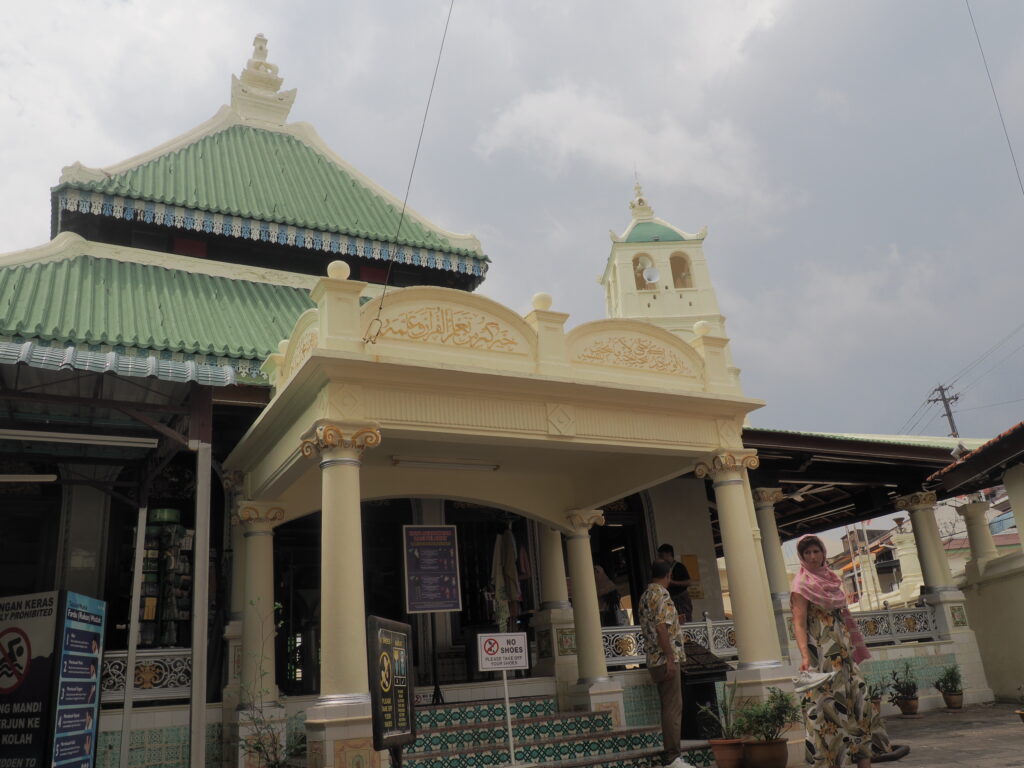





There are a Chinese temple, a Hindu temple and a mosque on what people call Harmony Street or Temple Street in this multicultural city in a multicultural country. The Kampung Kling Mosque (1748) reflects this blending and borrowing with Chinese, Corinthian, Hindu, Sumatran, Malay, Moorish, English and Portuguese influences (and Koranic verses in Arabic) there to be seen or imagined. The pool is, of course, there for the mandatory ritual cleansing prior to prayer, when the soul is symbolically purified and the mind focused on God.
cheng hoon teng temple
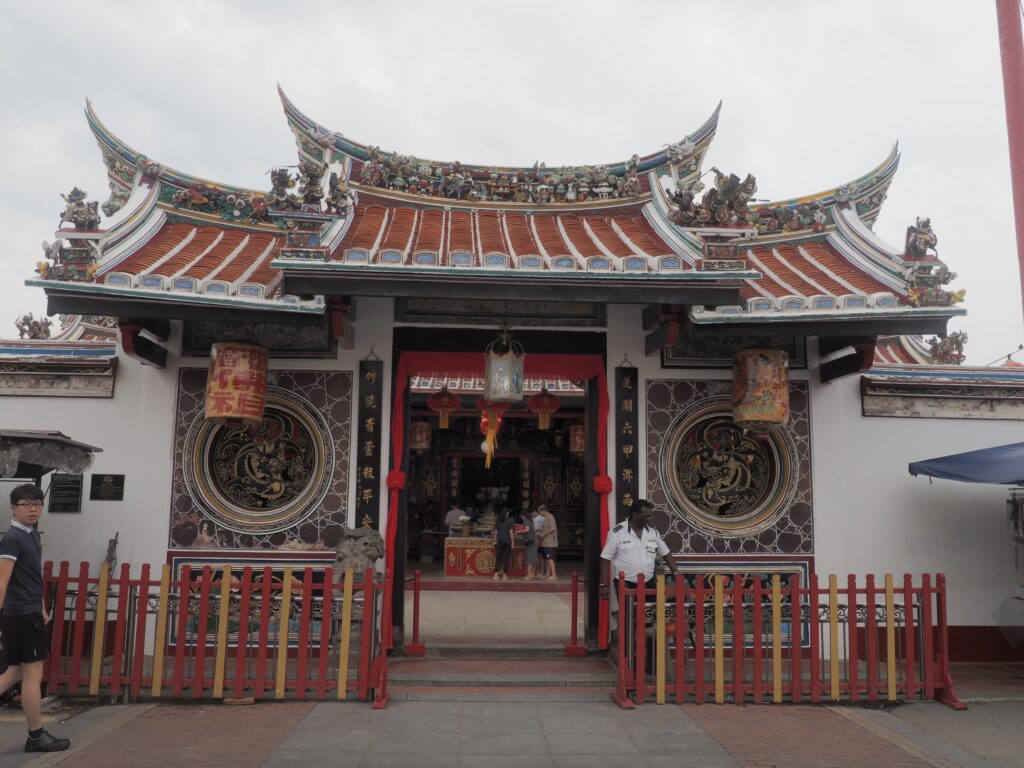





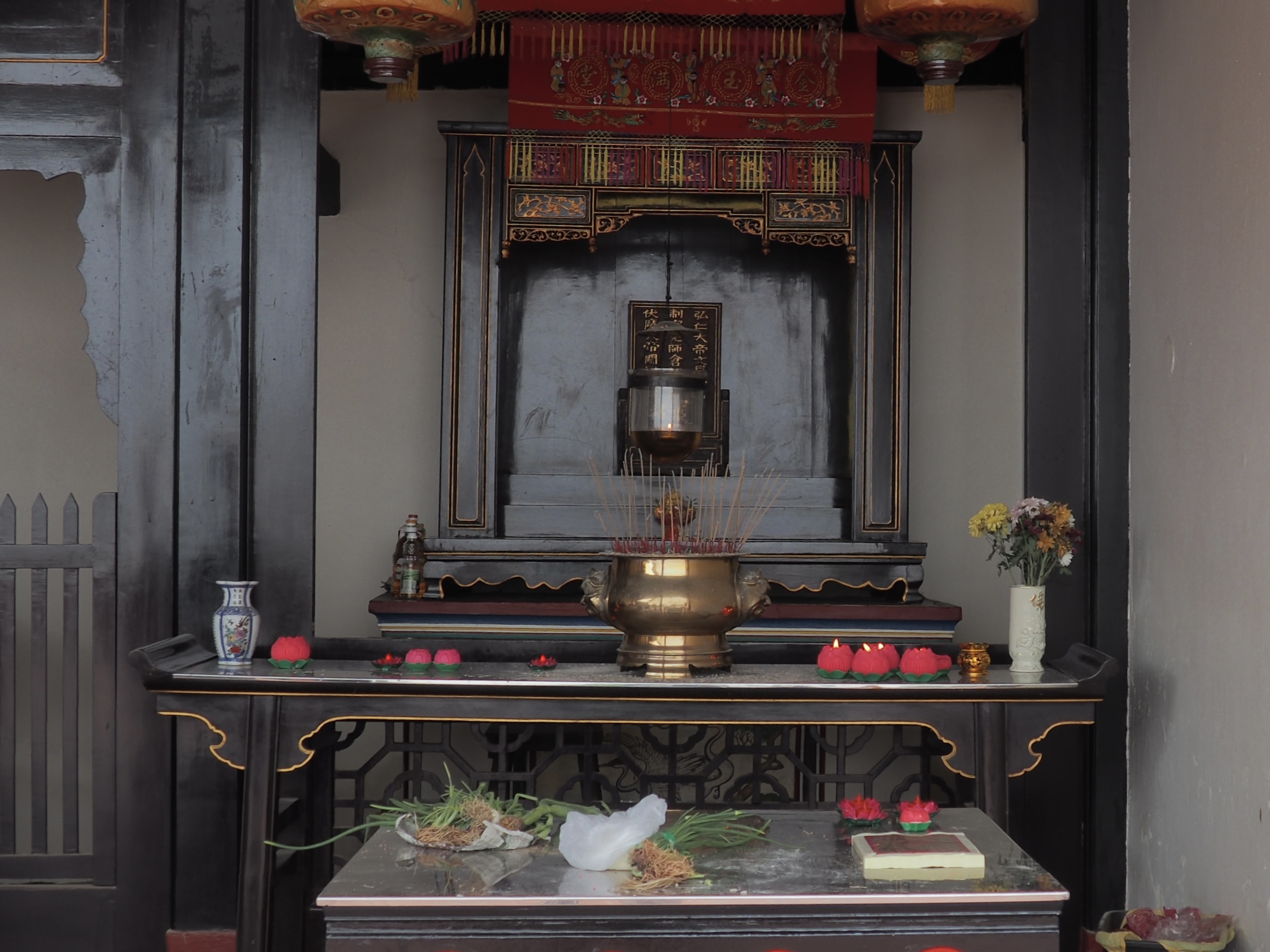
Also along Harmony Street is the oldest functioning Chinese temple in Malaysia, with the site established at least as early as 1645, with some sources suggesting beginnings even into the 15th century. The multi faith temple serves the followers of Buddhism, Taoism and Confucianism. The main prayer hall is dedicated to the Goddess of Mercy, Guan Yin (“The One Who Perceives the Sounds of the World”), who is of Indian Buddhist origin but has also been incorporated in Taoism and Chinese folk religion. Of the other smaller prayer halls, one is dedicated to ancestor tablets.
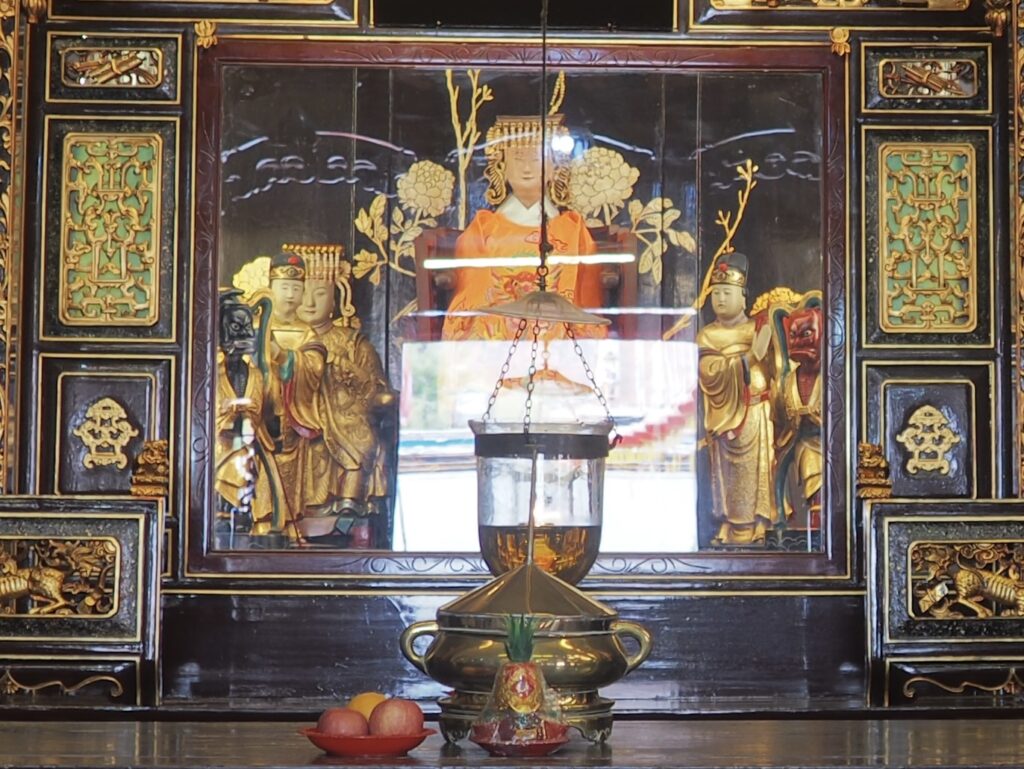
baba and nyonya heritage museum
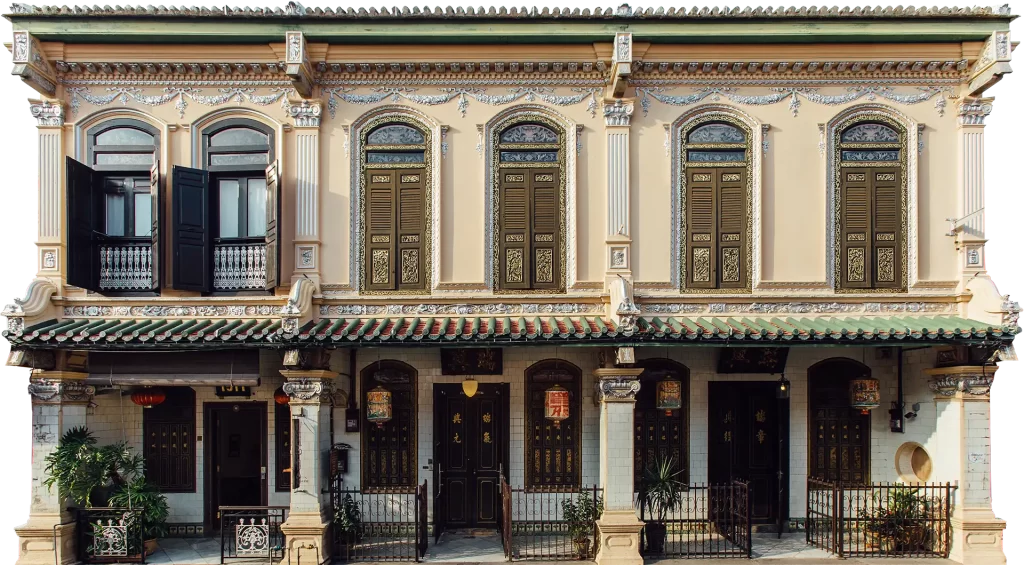
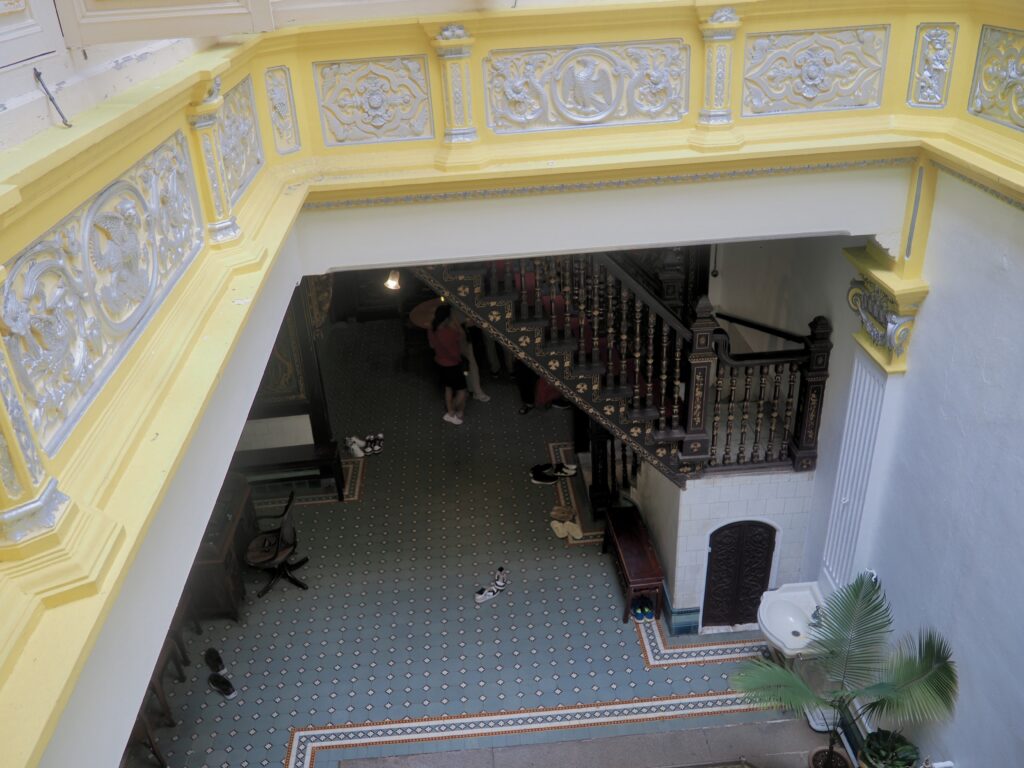
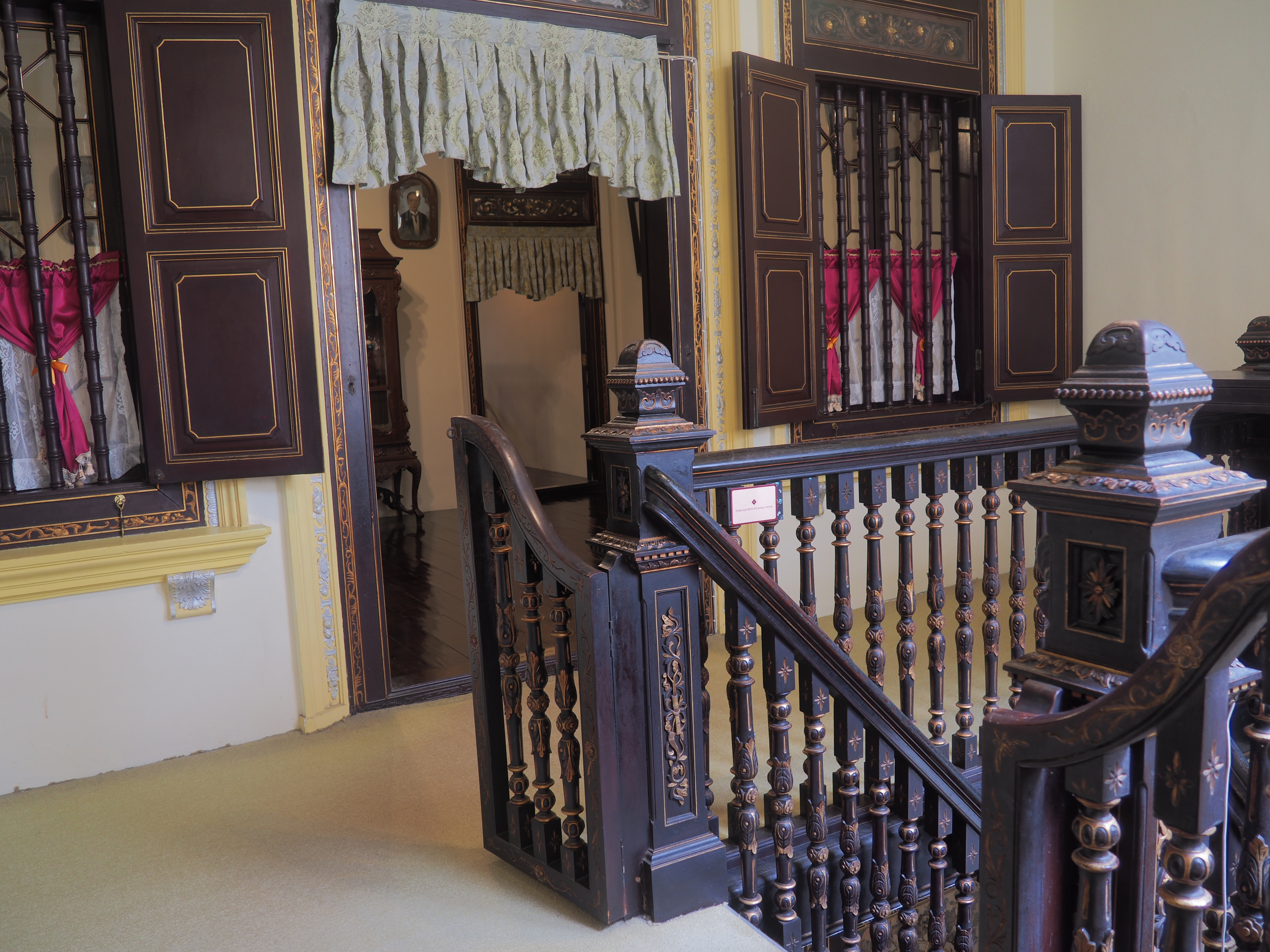
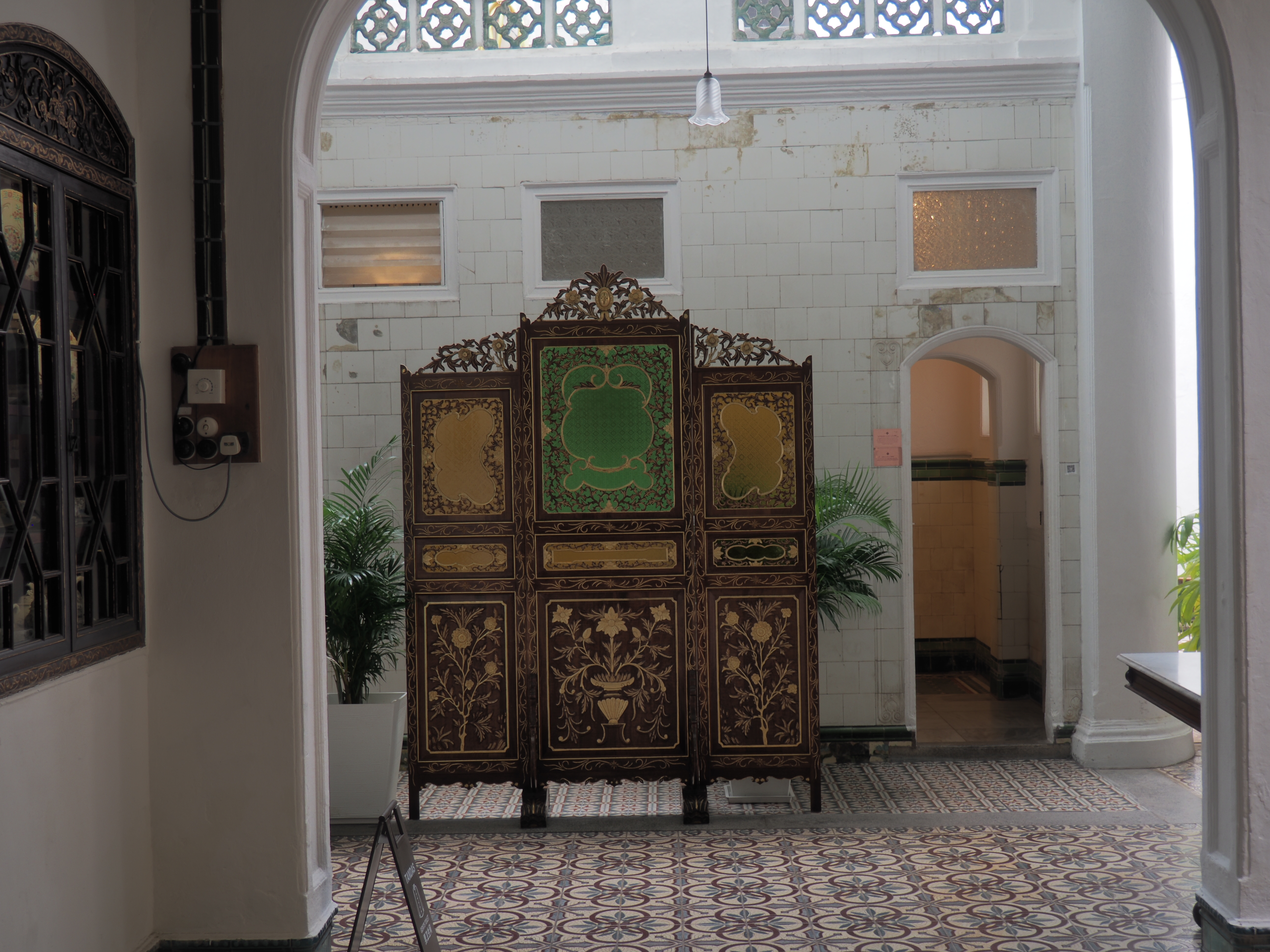
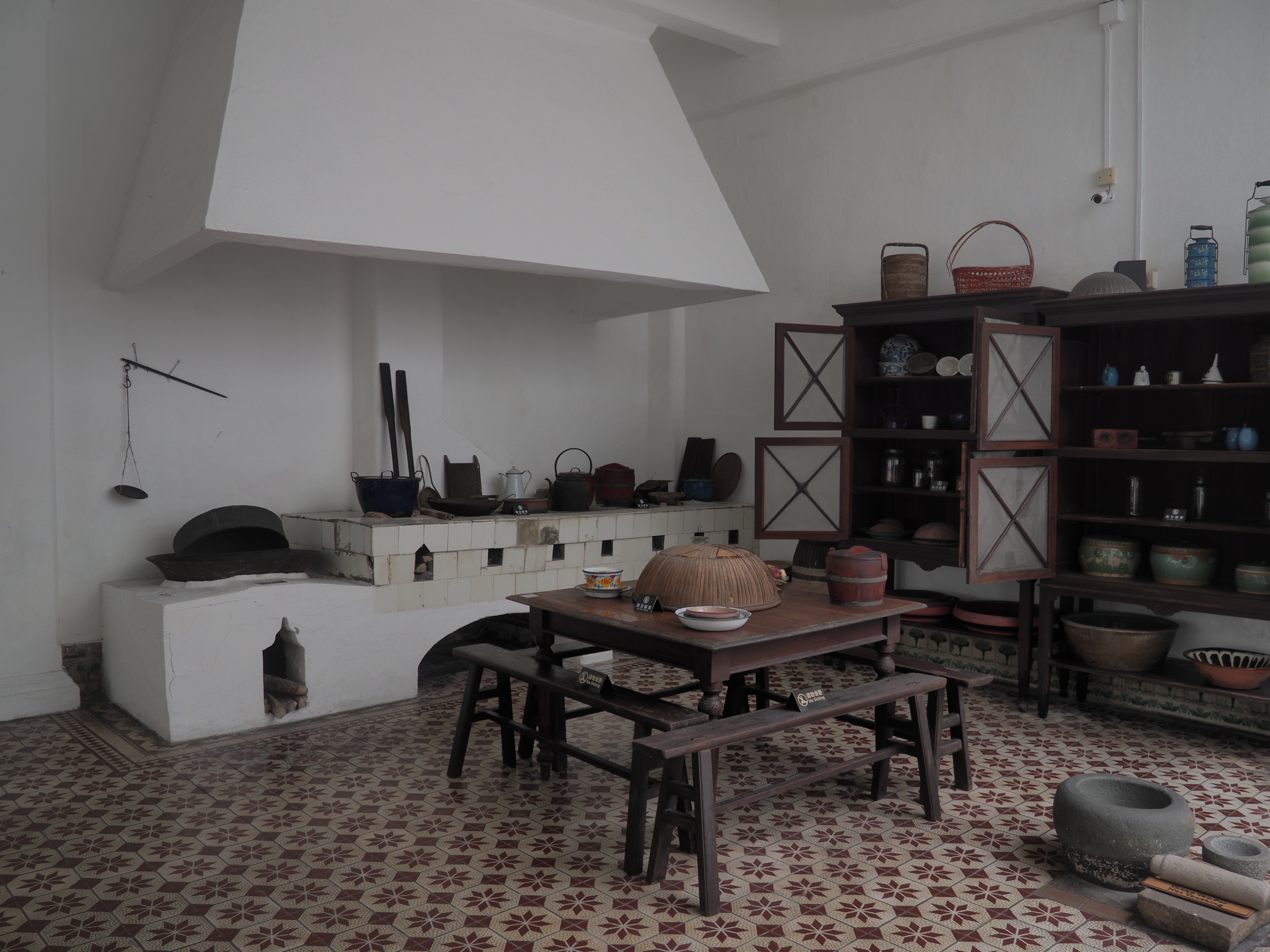
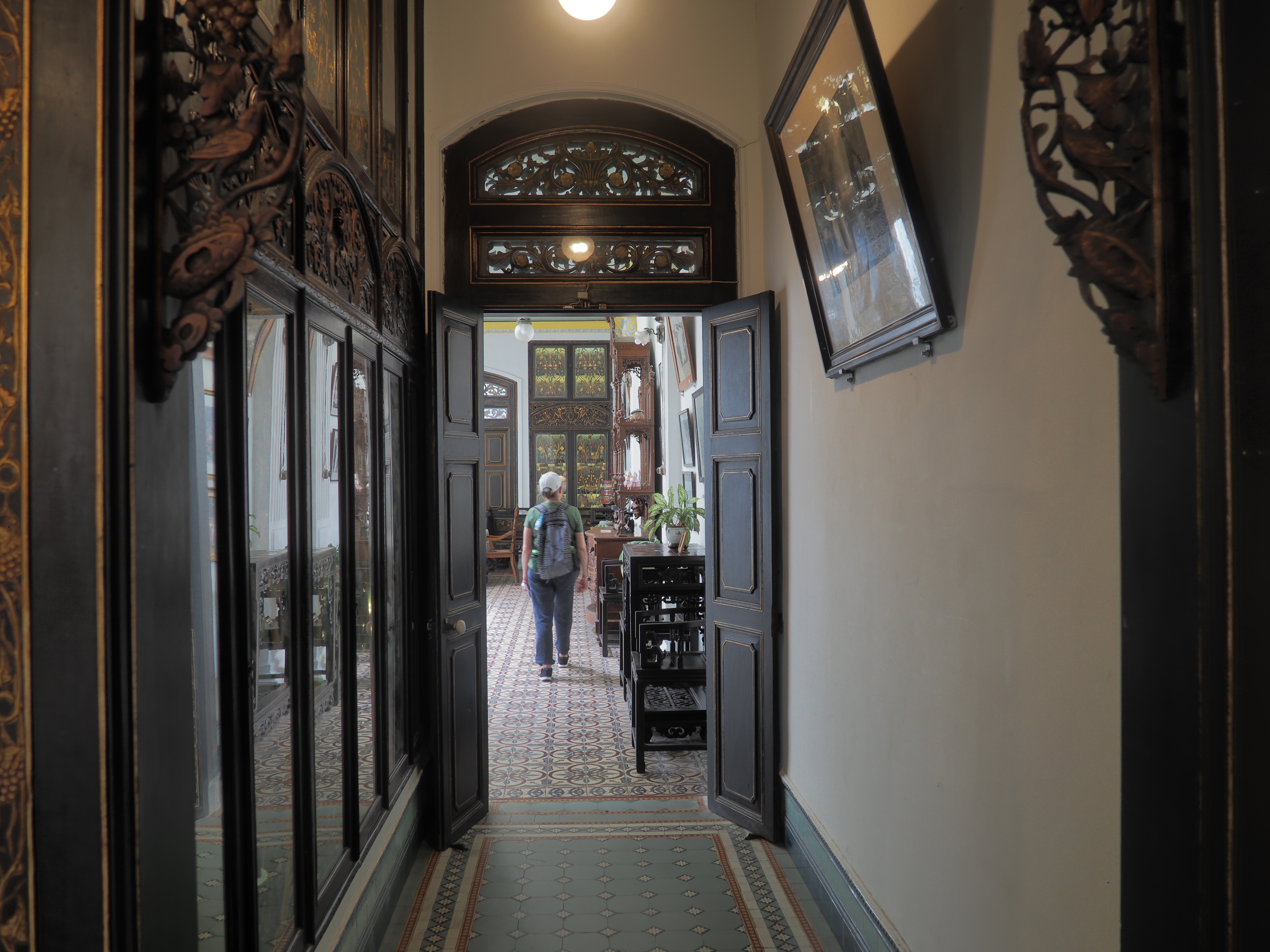
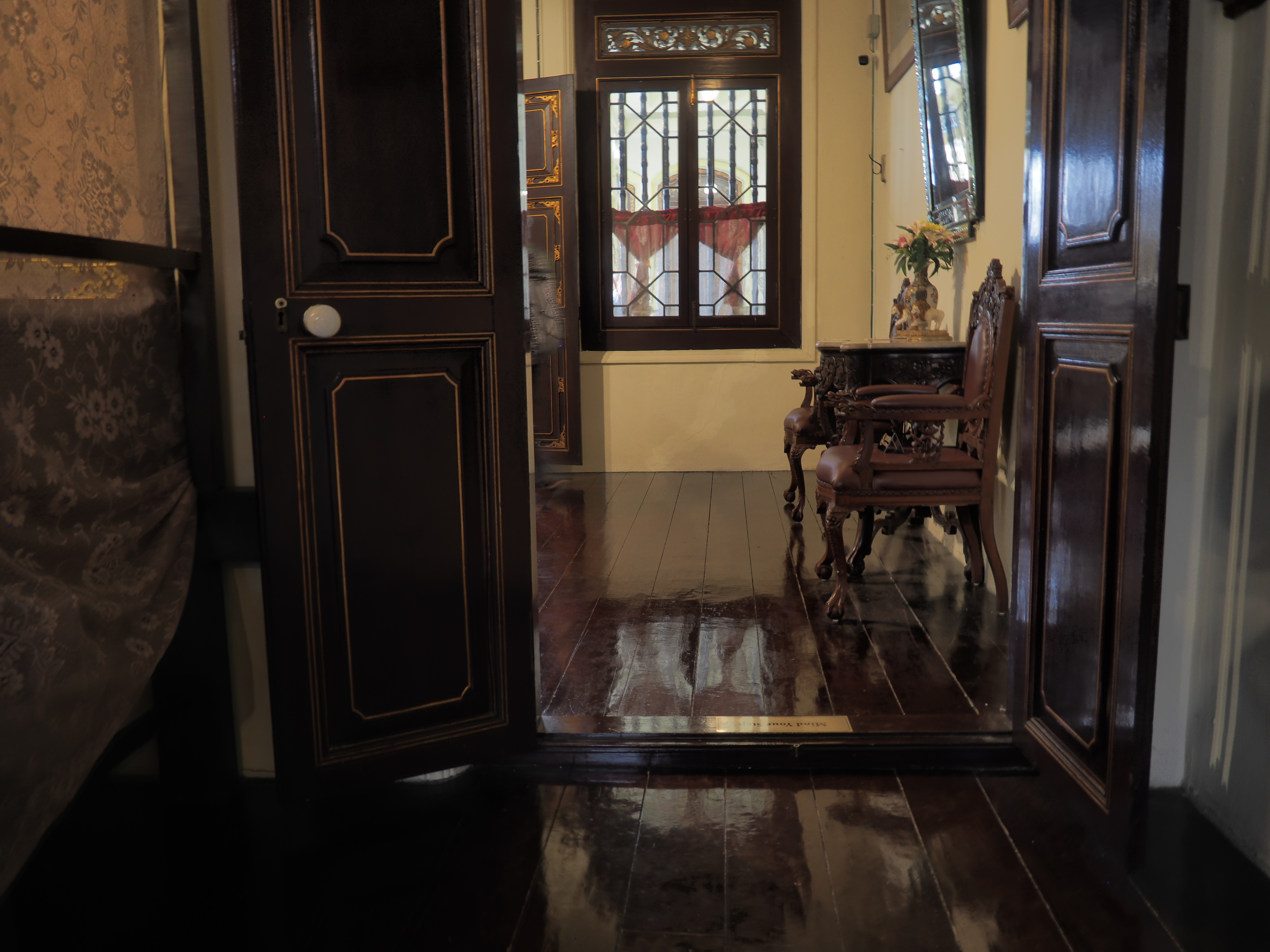
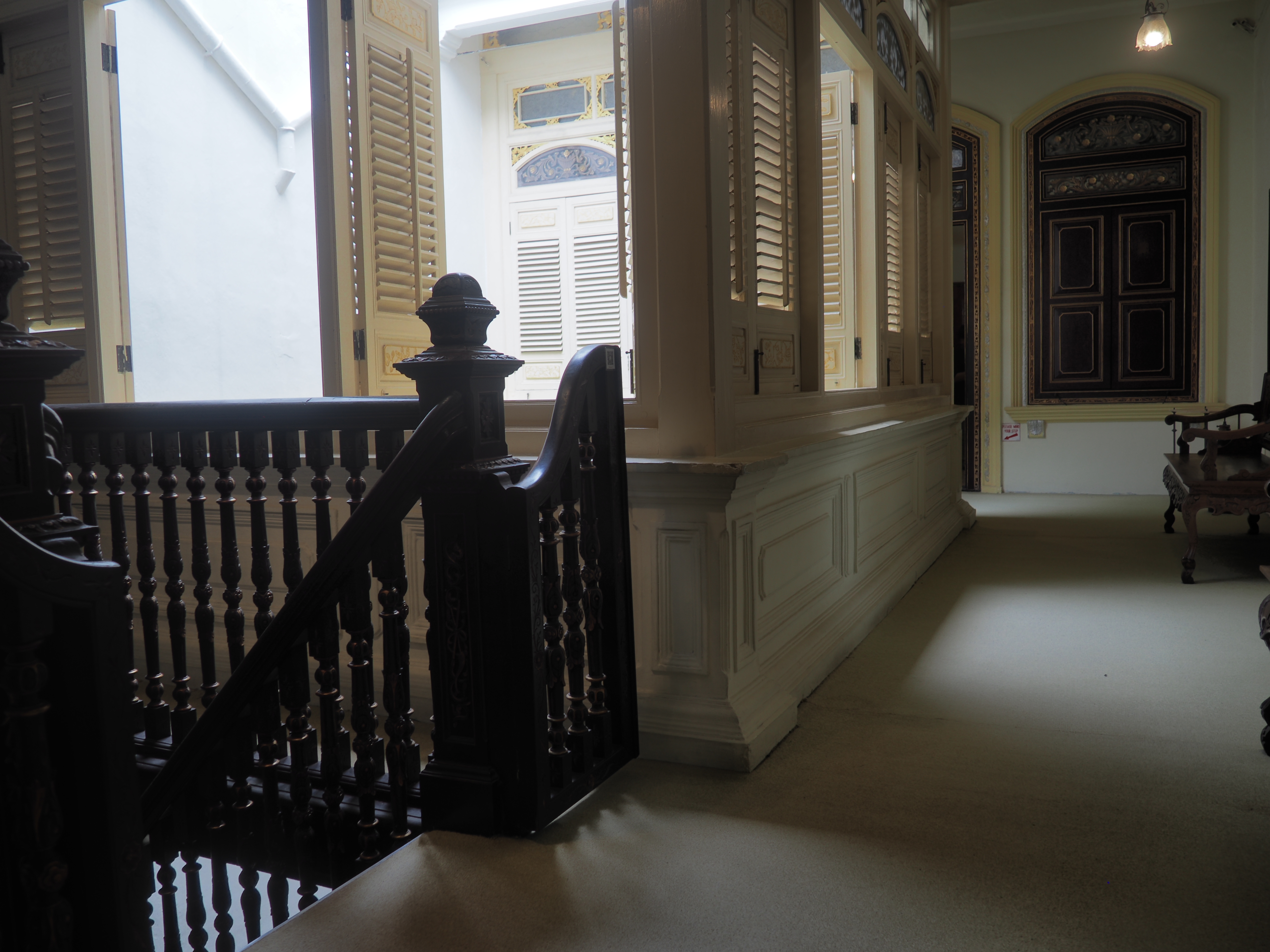
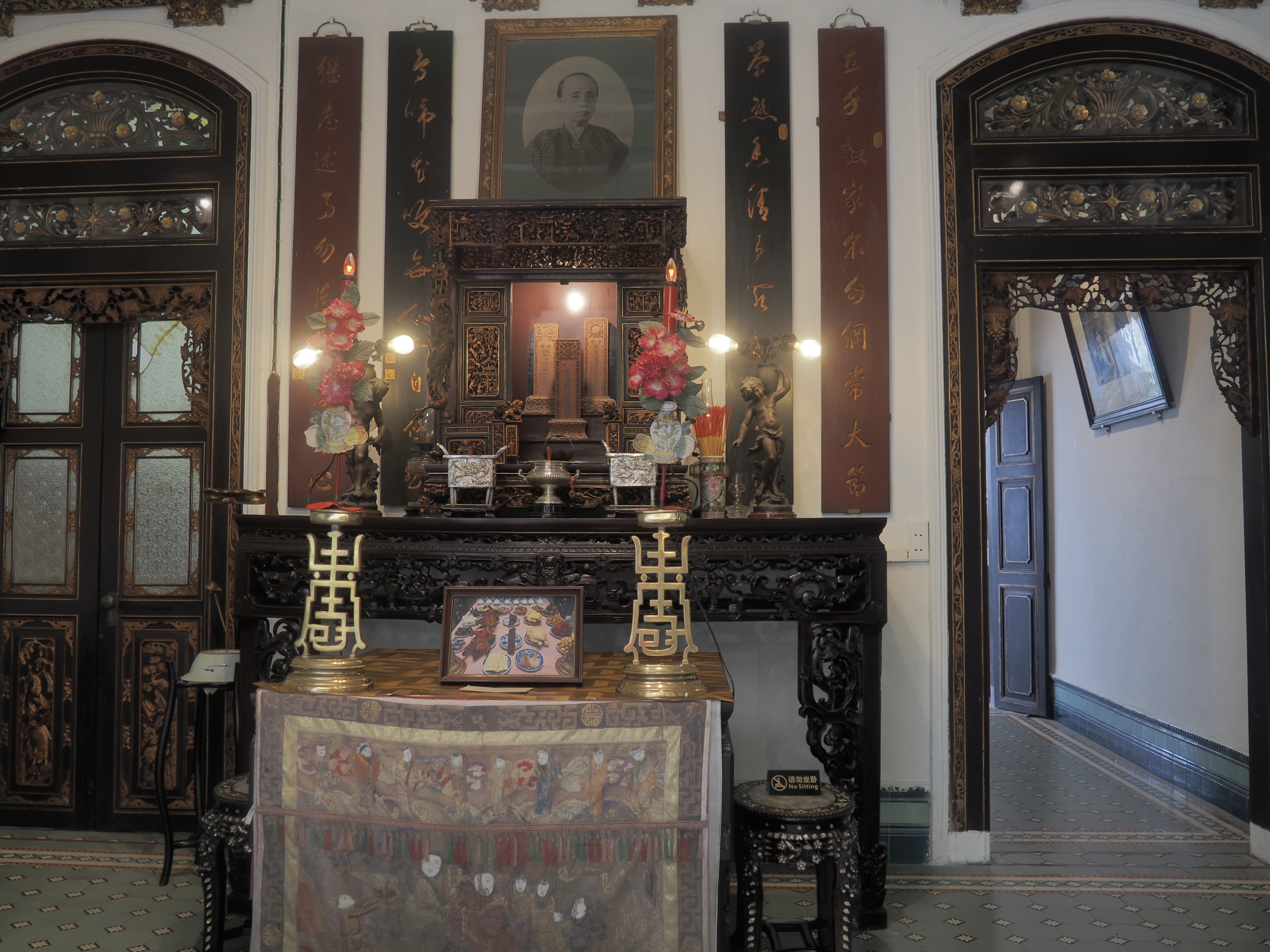

This was the late 19th and early 20th centuries home of the Chan family, who are still the owners of the property and run the house museum. The Chans are Peranakan Chinese (or Straits Chinese), meaning they are the descendants of Chinese who came to Malaysia prior to the 19th century and intermarried with the Malay community, Peranakan essentially referring to old “Straits Born” people, so that there are also Peranakan people of other ethnic mixes. The honorifics Baba and Nyonya refer to a man and a woman member of the Peranakan Chinese community. And, yes, it’s quite the house. The central enclosed courtyard is especially lovely.
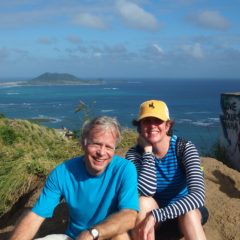

What history and melding of cultures!